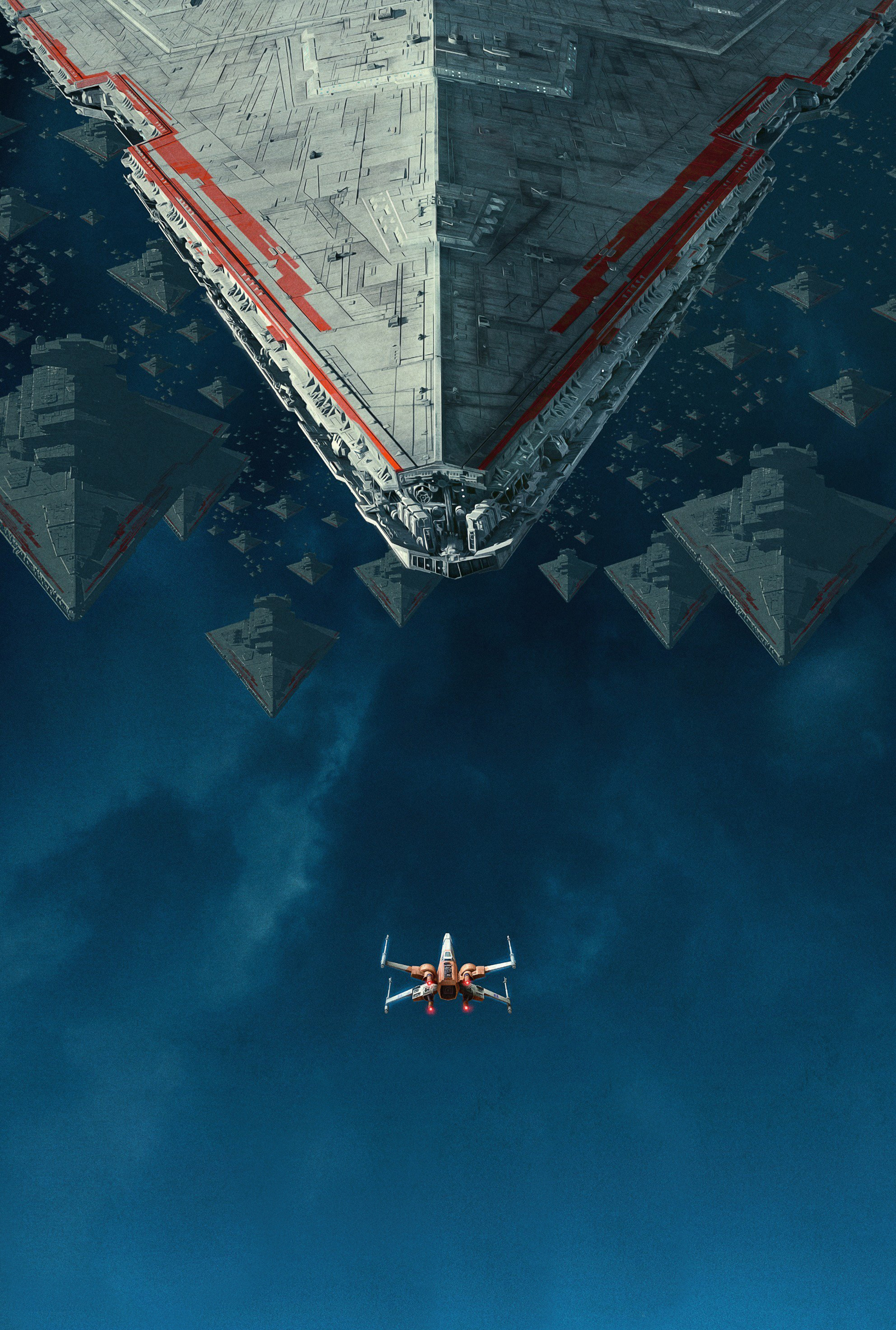

When actually using the electronics or looking into the displays, expect that Our Graphics Will Suck in the Future: there will be 2D Visuals, 3D Effects and some employment of Retraux by virtue of having said 3D consist of very simple geometry with stock textures. Optical CD disks may also be present, but no DVDs.Įxpect many high-end electronics to come in beige box cases.

The Internet or some analogue may exist, but if it's used more frequently than physical media to exchange large files, chances are that the work isn't using this trope. Other technologies to look out for are boxy CRT displays, computer systems reminiscent of microcomputers like the Commodore 64, freestanding hi-fi systems, small LCD or monochrome green CRT displays as opposed to full-color screens, floppy disks, reel to reel tape drives, VHS or Beta videotape, dot matrix printers, dial-up modems and loads of analog technologies. Whether it be the bold colors and geometric shapes, the tendency towards stark plainness, or the exotic-looking computers and proto-cell phones, it is clear that this is neither the Raygun Gothic of days past nor the Everything Is an iPod in the Future aesthetic that would follow, but a bridging point that contains elements of both styles.Īs the name implies, a good way to judge if this trope is present is the frequent use of cassettes, which were used in the decades named above to house magnetic tape ubiquitous in technology of the period, and later on often contained ROM chips for game consoles and occasionally add-ons for computing hardware. A technological aesthetic reminiscent of mid-1970s to late 1990s tech (regardless of the real-time setting of the media) as codified by early microcomputers like the Altair 8800 and the IBM Personal Computer, cold war era technology, the iconic imagery of the mid to late space race, or the post-Cold War "end of history" period in the 1990s, which was characterized by a fascination with virtual reality technologies (such as helmets) and 2D computer animation.


 0 kommentar(er)
0 kommentar(er)
